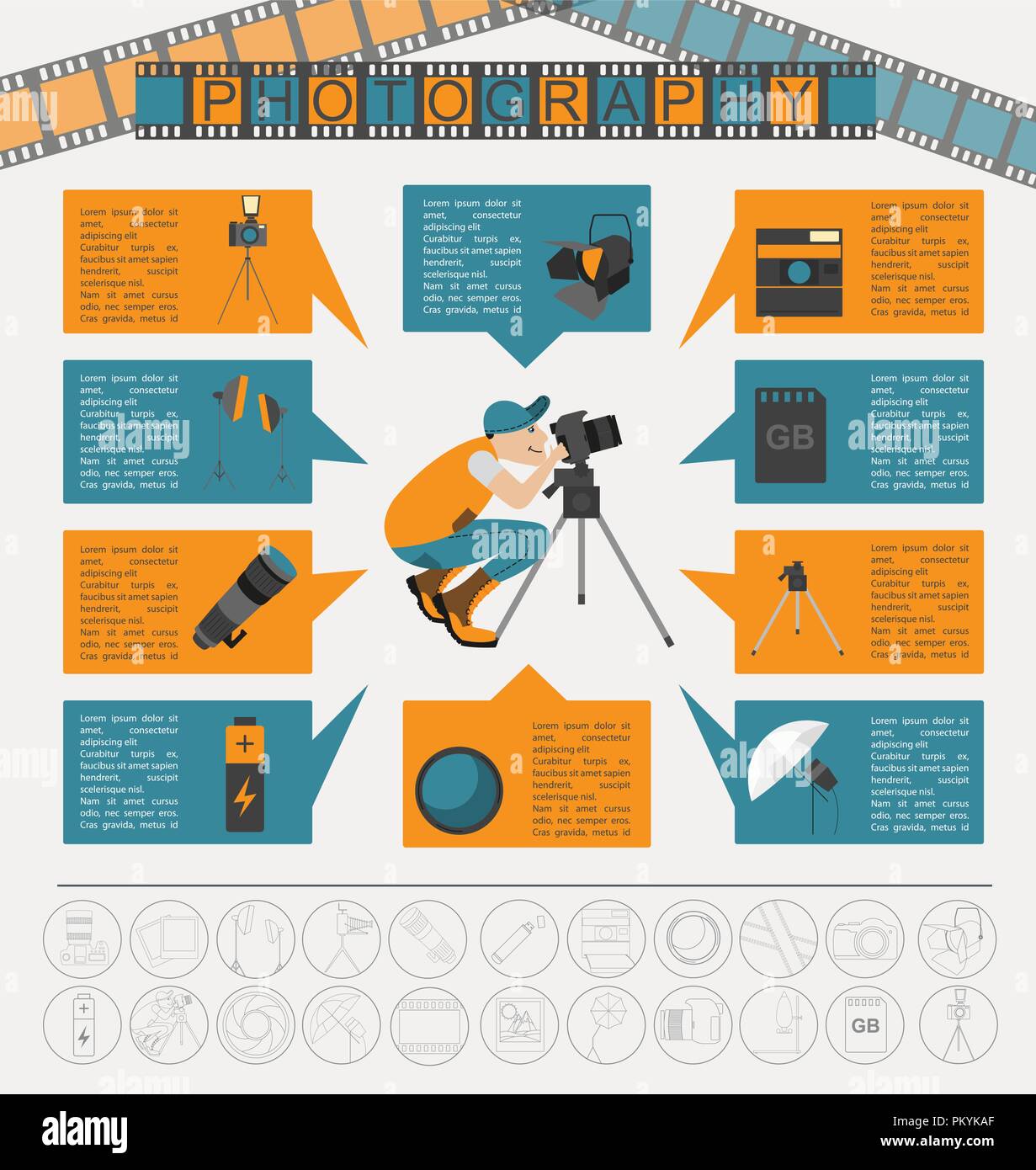Join Us To Discover Vital Digital Photography Suggestions That Will Open Your Cam'S Possibility-- Prepare To Catch Spectacular Images Quickly!
Join Us To Discover Vital Digital Photography Suggestions That Will Open Your Cam'S Possibility-- Prepare To Catch Spectacular Images Quickly!
Blog Article
Developed By-Lindgreen Odgaard
When you initially get your cam, it can feel frustrating with all the setups and choices readily available. You could find yourself asking yourself just how to browse aperture, shutter rate, and ISO efficiently. Mastering these principles is crucial, yet there's even more to photography than just technical knowledge. Understanding make-up techniques and illumination conditions can elevate your images drastically. So, suppose you could find out straightforward approaches to boost your skills and start catching excellent photos earlier than you assume? Allow's discover exactly how to transform your photography trip.
Recognizing Camera Setups
Comprehending your cam settings is important for recording magnificent pictures. When you grab your camera, familiarize yourself with the three main settings: aperture, shutter speed, and ISO. Each plays an important duty in just how your pictures turn out.
Begin with aperture, which controls the quantity of light going into the lens. A wider aperture (reduced f-number) allows extra light and develops a lovely history blur, excellent for portraits. Conversely, https://telegra.ph/Prepare-To-Discover-The-Tricks-Of-Travel-Photography-Essentials-That-Will-Transform-Your-Journeys-Right-Into-Exciting-Aesthetic--01-08 (higher f-number) keeps even more of the scene in focus, ideal for landscapes.
Next, concentrate on shutter speed. This setup determines how long your camera's sensing unit is exposed to light. A rapid shutter rate freezes movement, which is excellent for action shots, while a sluggish shutter rate can produce stunning results like smooth water in landscapes.
Lastly, change your ISO. This setup influences your electronic camera's level of sensitivity to light. A greater ISO is useful in low-light scenarios but can introduce noise or grain. Aim for the lowest ISO possible while still achieving appropriate exposure.
Make-up Techniques
When you're out shooting, structure can make all the distinction in how your photos resonate with viewers. Begin by using the guideline of thirds; visualize your framework separated into nine equal sections with 2 straight and 2 upright lines. just click the following web page along these lines or at their crossways to produce equilibrium and passion.
Next off, think about leading lines. These natural lines in your scene, like roadways or rivers, attract the viewer's eye into the photograph, leading them with the tale you're informing.
Do not forget about framing; use components within your scene, like trees or windows, to develop a frame around your subject, adding depth and focus.
Also, watch on your history. A chaotic history can distract from your primary topic, while a straightforward one aids it stick out.
Finally, try out proportion and patterns; they can produce a striking photo that captures focus.
Learning Illumination Conditions
Understanding lighting conditions is essential for capturing stunning pictures, as the best light can transform a normal scene into something phenomenal.
Beginning by observing all-natural light at different times of the day. Mornings and late afternoons use the most effective light, known as the gold hour. The soft, warm tones throughout these times can improve your pictures beautifully.
Do not shy away from cloudy days either; diffused light can reduce extreme shadows and develop a pleasing effect, particularly for pictures.
Trying out backlighting by placing your topic against the source of light. This strategy can create a dreamy halo effect and add depth to your pictures.
Take note of your video camera settings too. Change the ISO, aperture, and shutter speed to match the lights conditions. A higher ISO can assist in reduced light, but be cautious of grain.
Utilize a tripod in darker settings to avoid blur.
Last but not least, don't neglect artificial illumination. Flash and continual lights can be terrific tools for regulating light in tough problems.
Conclusion
To conclude, understanding your camera doesn't have to be overwhelming. By recognizing your settings, applying structure methods, and harnessing the power of natural light, you'll promptly boost your digital photography abilities. Remember, practice makes perfect, so venture out there and trying out your newfound understanding. With time and dedication, you'll be capturing stunning images that show your distinct point of view. Take pleasure in the journey, and do not fail to remember to have a good time while you're at it!
